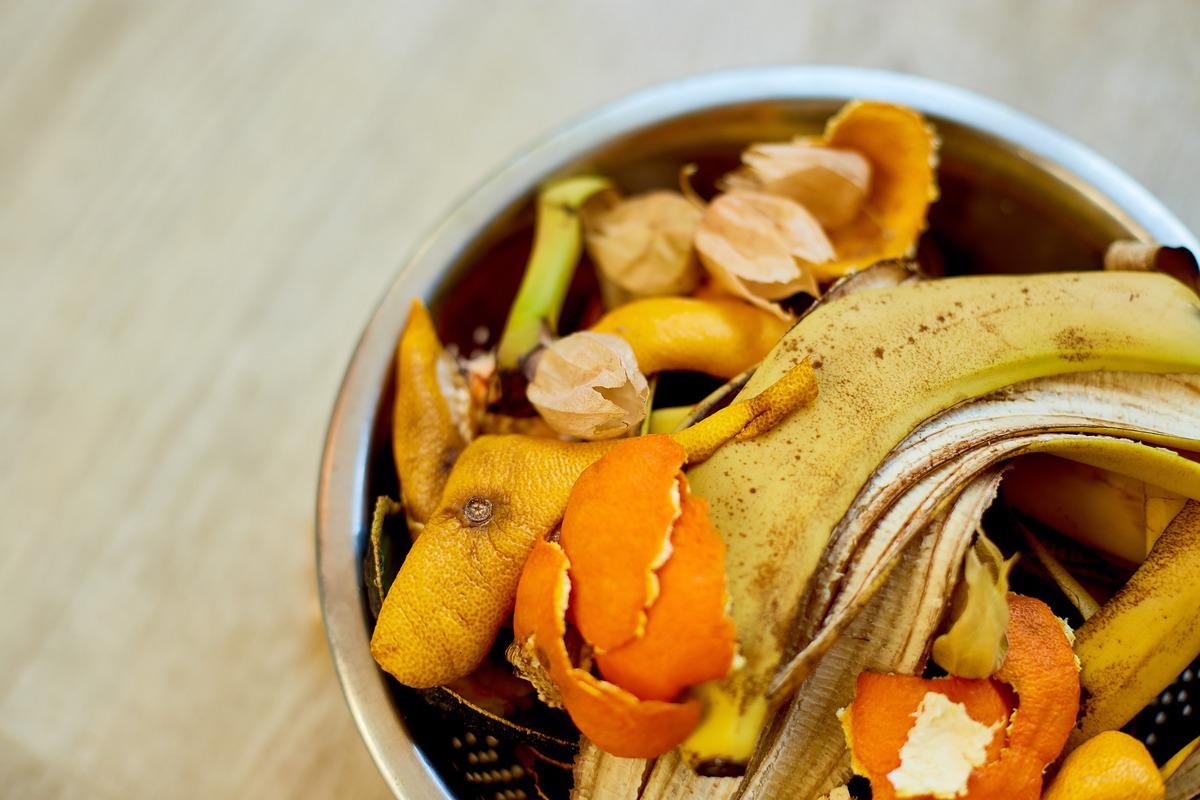A recent study published in Current Issues in Molecular Biology reviewed the potential biological applications of fruit peel extracts.
 Study: Fruit Peels: Food Waste as a Valuable Source of Bioactive Natural Products for Drug Discovery. Image Credit: ViktoriiaBondar/Shutterstock
Study: Fruit Peels: Food Waste as a Valuable Source of Bioactive Natural Products for Drug Discovery. Image Credit: ViktoriiaBondar/Shutterstock
Background
The European Union (EU) produces around 89 million tons of food waste annually. The processing of fruits and vegetables alone results in 25% to 30% wastage of the total product. Although regarded as common waste products, seeds, rinds, and peels contain bioactive molecules like enzymes, oils, carotenoids, vitamins, and polyphenols.
Fruit and vegetable wastes consist of secondary metabolites that have been explored for phenolics, dietary fibers, and other bioactive compounds. Research suggests that essential nutrients and phytochemicals are abundant in fruit peels and seeds. For instance, the skin of grapes, lemons, avocados, and seeds of mangoes and jackfruits contain 15% higher phenolics than the pulp.
In the present review, researchers discussed the biological compounds present in fruit peel extracts and their potential applications. Citrus peels contain bioactive compounds and have been conventionally used in some regions to treat cough, muscle pain, digestive problems, and skin inflammation. The peels of Citrus unshiu and C. reticulata are used as crude drugs in Japan as ‘Chimpi.’
Bioactive molecules in fruit peels and associated research
Several coumarins have been isolated from the fruit peels of C. hystrix. Some coumarins (isoimperatorin, bergomottin, and oxypeucedanin) inhibit butyrylcholinesterase at varying half-maximal inhibitory concentrations (IC50). Other coumarins (e.g., oxypeucedanin hydrate) from the same plant have been implicated in the inhibition of inducible nitric oxide synthase (iNOS) synthesis in mouse RAW264.7 cells.
Fruit peels of Elaeagnus rhamnoides contain quinone(s), musizin, caulilexin C, and nor-sesquiterpene. Nor-sesquiterpene has been demonstrated to exert antiviral activity on herpes simplex virus 2 (HSV-2) in a virus reduction yield assay. Musizin, a derivative of naphthalene, was also found to be anti-HSV-2, albeit it was less potent. Pomegranate peels consist of punicagranine, a pyrrolizine alkaloid with anti-inflammatory effects. Besides, this alkaloid is non-cytotoxic to RAW264.7 cells. The polyphenol-rich fraction of Annona crassiflora fruit peels has antioxidant effects that can have potential clinical applications in diabetes treatment.
Steroidal alkaloids such as solamargine, solasodine, and solasonine have been detected in the fruit peels of Solanum melongena, which were cytotoxic to cancer cell lines such as HCT116, HepG2, HEp2, HeLa, and MCF7. Carbazole alkaloids such as claulansine K, claulansine J, carbazole-3-carboxylic acid, etc., were found in Clausena lansium peels. Claulansine K and clausenamide have been reported to inhibit α-glucosidase, whereas claulansine J showed moderate antibacterial effect against Streptococcus aureus.
Ataluntum present in Atalantia monophylla fruit peels was a potent cytotoxic compound for cholangiocarcinoma cells, with a 4.7-fold greater activity than the standard ellipticine. Other benzoyl tyramines from A. monophylla displayed cytotoxicity towards HeLa, HCT116, and MCF-7 cell lines. One study extracted flavones from Wisteria floribunda fruit peels and found several promising candidates for the inhibition of platelet-derived growth factor (PDGF)-induced proliferation of vascular smooth muscle cells (VSMCs).
Hesperidin present in C. sinensis and C. reticulata reportedly showed potent anti-inflammatory, antimicrobial, anti-carcinogenic, and antioxidant effects. Besides, hesperidin has also been used as a supplemental dietary product since its deficiency leads to weakness, aches, and nocturnal leg cramps. Polymethoxy flavones from the peels of Japanese citrus fruit, ‘hebesu,’ showed potent anti-neuroinflammatory effects by inhibiting the expression of interleukin (IL)-1β.
Nobiletin is found in the fruit peels of several Citrus spp. and research has shown its anti-antioxidant, anti-inflammatory, and anti-tumor activity. Another study reported the inhibition of nuclear factor kappa -B (NF-κB) by nobiletin in mice models. Furthermore, in vivo studies reported the protective effects of nobiletin against different cancers.
Lignans such as syringaresinol and (–)-pinoresinol extracted from W. floribunda fruit peels inhibited PDGF-induced VSMC proliferation. Sesamin and sesamolin in the fruit peels of Strychnos nuxblanda demonstrated inhibition of α-glucosidase. Besides, W. floribunda fruit peels contain steroids like β-sitosterol and β-sitosterol glucopyranoside that inhibit VSMC proliferation. Pepstatin A, a peptide in the pomegranate peels, is an inhibitor of aspartic proteases.
Applications in the food industry
Various countries have directed food industries to ensure low food wastage. As such, bioactive compounds like antimicrobials and antioxidants have been introduced as feasible solutions to enhance the shelf life of food products. A range of natural products present in fruit peels have antimicrobial, cytotoxic, and antioxidant properties. Using fruit peels as sources of biologically active molecules could be viable in preventing spoilage bacteria (Pseudomonas) and food poisoning caused by S. aureus.
Edible coatings are thin layers on food surfaces that improve shelf life and help retain food characteristics and functionality. One research team synthesized an apple peel-based coating for beef patties. They revealed that the application of the edible film inhibited lipid oxidation and suppressed the growth of tested microbes.
Mounting evidence indicates the improvement of the shelf life of different food products (cupcakes, shrimps, strawberries, and tofu) by coating them with edible films derived from fruit peels. Interestingly, some studies have noted that adding powdered fruit peels to probiotic yogurts enhanced the growth of Lactobacillus spp.
Concluding remark
Fruit peels, which represent a significant portion of industrial food by-products, have not been utilized as valuable resources. The authors of this study have described numerous biological compounds in fruit peels and reported their potential applications. Although generally considered an unhealthy and undesired by-product, the wide range of natural products in fruit peels, including peptides, steroids, alkaloids, and flavones, among others, could have significant benefits for human health.